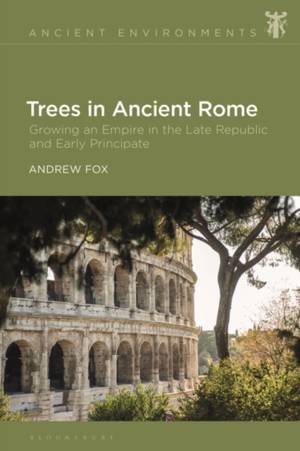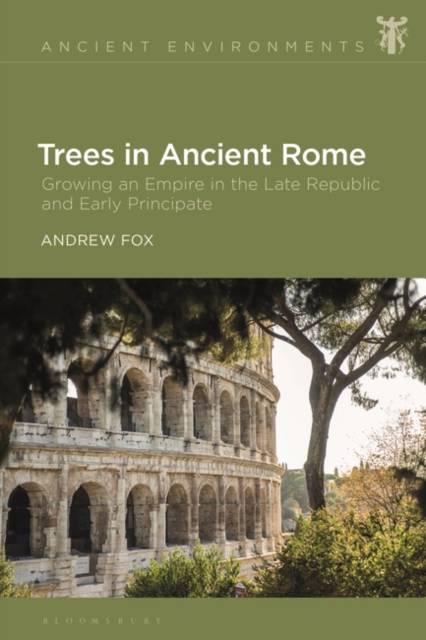
Je cadeautjes zeker op tijd in huis hebben voor de feestdagen? Kom langs in onze winkels en vind het perfecte geschenk!
- Afhalen na 1 uur in een winkel met voorraad
- Gratis thuislevering in België vanaf € 30
- Ruim aanbod met 7 miljoen producten
Je cadeautjes zeker op tijd in huis hebben voor de feestdagen? Kom langs in onze winkels en vind het perfecte geschenk!
- Afhalen na 1 uur in een winkel met voorraad
- Gratis thuislevering in België vanaf € 30
- Ruim aanbod met 7 miljoen producten
Zoeken
€ 195,45
+ 390 punten
Omschrijving
Focusing on the transitional period of the late Republic to the early Principate, Trees in Ancient Rome offers a sustained examination of the deployment of trees in the ancient city, exploring not only the practicalities of their cultivation, but also their symbolic value. The Ruminal fig tree sheltered the she-wolf as she nursed Romulus and Remus and year's later Rome was founded between two groves. As the city grew, neighbourhoods bore the names of groves and hills were known by the trees which grew atop them. From the 1st century BCE, triumphs included trees among their spoils and Rome's green cityscape grew, as did the challenges of finding room for trees within the congested city.
This volume begins with an examination of the role of trees as repositories of human memory, lasting for several generations. It goes on to untangle the import of trees, and their role in the triumphal procession, before closing with a discussion of how trees could be grown in Rome's urban spaces. Drawing on a combination of literary, visual and archaeological sources, it reveals the rich variety of trees in evidence, and explores how they impacted, and were used to impact, life in the ancient city.
This volume begins with an examination of the role of trees as repositories of human memory, lasting for several generations. It goes on to untangle the import of trees, and their role in the triumphal procession, before closing with a discussion of how trees could be grown in Rome's urban spaces. Drawing on a combination of literary, visual and archaeological sources, it reveals the rich variety of trees in evidence, and explores how they impacted, and were used to impact, life in the ancient city.
Specificaties
Betrokkenen
- Auteur(s):
- Uitgeverij:
Inhoud
- Aantal bladzijden:
- 208
- Taal:
- Engels
- Reeks:
Eigenschappen
- Productcode (EAN):
- 9781350237803
- Verschijningsdatum:
- 10/08/2023
- Uitvoering:
- Hardcover
- Formaat:
- Genaaid
- Afmetingen:
- 156 mm x 234 mm
- Gewicht:
- 462 g

Alleen bij Standaard Boekhandel
+ 390 punten op je klantenkaart van Standaard Boekhandel
Beoordelingen
We publiceren alleen reviews die voldoen aan de voorwaarden voor reviews. Bekijk onze voorwaarden voor reviews.









